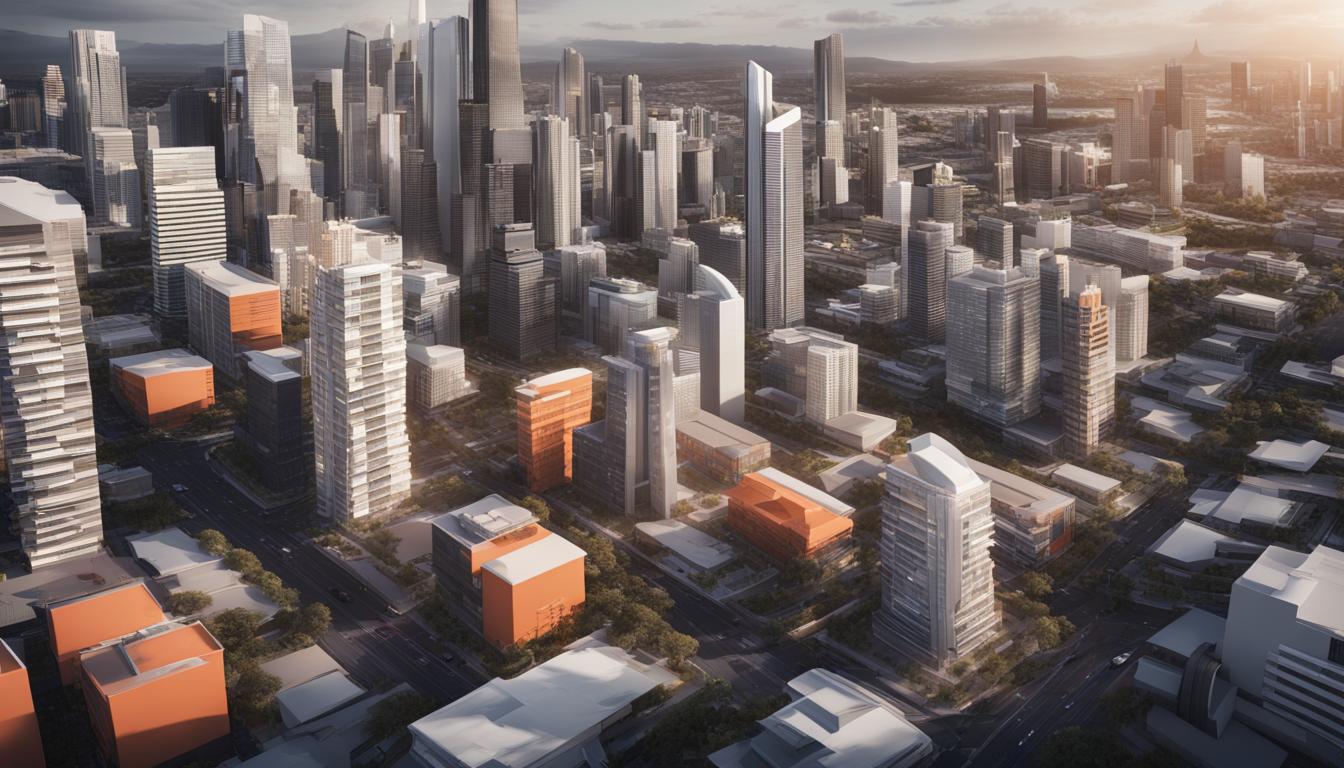Queensland is projected to experience significant population growth over the next five years, with an estimated 110,900 people moving to the state, largely due to more affordable housing and warmer weather. This contrasts with New South Wales (NSW), where around 111,700 people are expected to leave, particularly from Sydney, largely due to high housing costs exacerbated by numerous interest rate increases.
The Treasury Budget papers detail that in the financial year 2023/24 alone, 28,500 individuals are likely to move to Queensland while NSW will see a decrease of 28,200 people. Brisbane's housing market is notably robust, with the median house price rising by 15.9% to $920,046 as of April this year.
Simultaneously, Australia as a whole anticipates the arrival of 1.38 million overseas migrants over five years, covering skilled workers and a substantial number of international students. This migration is expected despite a decrease in total migrant intake forecasted for 2023/24 to 395,000, from a record high of 548,800 in the previous year.
In terms of political landscape, Queensland shows limited support for the Labor Party, holding only five out of the state's 30 seats. Despite this, the federal budget has committed $467 million to enhance the Bruce Highway, a major route not traversing any federal Labor electorates.
Other states are also seeing population trends, with Victoria expected to see a modest increase of 15,900 people over five years, Western Australia a modest rise of 11,800, and South Australia and Tasmania anticipating drops in their populations.
